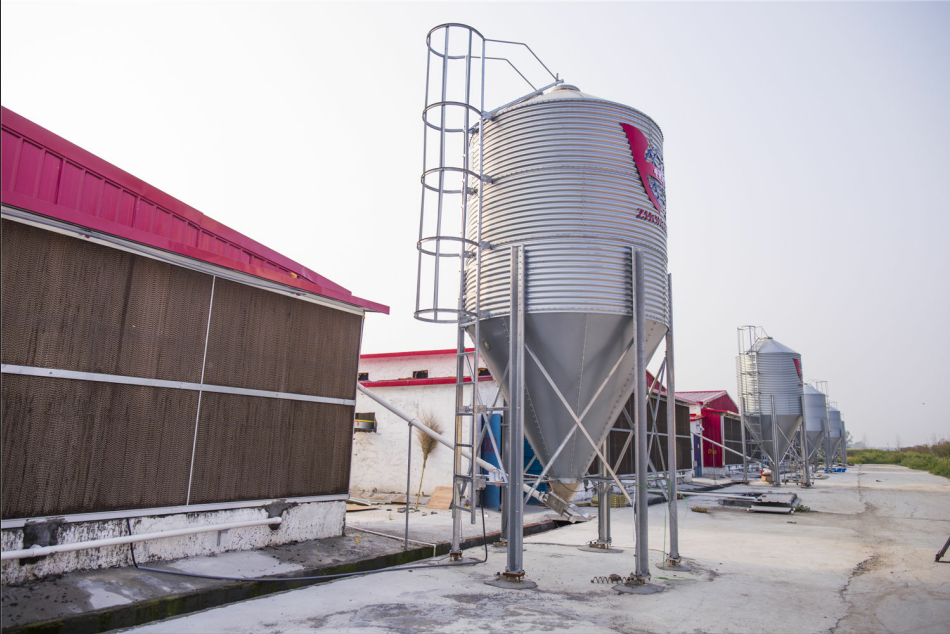The brooding temperature of chicks is 35-33℃ for 1-2 days, 33-32℃ for 3-7 days, and about 21-18℃ for 5-6 weeks after the decrease of 21-3℃ per week. Whether the supplied temperature is suitable or not, besides observing the thermometer, the behavior of chickens in the poultry cage equipment should also be observed. For example, when the temperature is normal, the chicks are lively and have good appetite. When the temperature is high, the chicks are far away
from the heat source. When the temperature is low, the chicks are dense and close to the heat source as far as possible. The chicks are sensitive to the cold and warm feeling. Therefore, special attention should be paid to prevent the temperature from rising and falling, and the best efforts should be made to keep the temperature balanced.
Suitable humidity for laying hens: humidity is closely related to evaporation of water in chickens, body heat emission and cleanliness and hygiene of chicken houses. It is advisable to keep the hen house dry, which can prevent bacteria from breeding and infection, but the relative humidity should not be lower than 40%. Appropriate relative humidity: 60%-65% before 10 days old and 50%-60% after 10 days old. When the humidity is insufficient, water can be sprinkled on the corridor, floor, surrounding walls or flue in the house, or a water basin can be placed on the heat source to evaporate water vapor to increase the humidity in the house. When the humidity is too high, a damp-proof layer can be laid on the ground of the chicken coop, the temperature in the chicken coop can be appropriately increased, ventilation and air exchange can be strengthened, bedding can be frequently changed in the chicken coop, damp excrement and bedding in the chicken coop can be removed in time, and water leakage from the drinking water device can be prevented.
The number of chickens that the Chicken Breeding Equipment Machinery can accommodate per square meter of breeding area is called the breeding density, and the feeding and drinking position that each chicken occupies is also an indispensable condition for mastering the breeding density. For example, the density is too high, the chickens are crowded, the environmental humidity is increased, the food intake is uneven, the chickens are not well developed, the
chickens are susceptible to diseases and pecking addiction, the chickens are weak, the mortality rate is increased, and the growth rate is decreased. The density is small, which is beneficial to the survival and growth of chicks, but not conducive to heat preservation and is uneconomical. The density should be adjusted according to the type, variety, brooding mode, season, age, ventilation and other factors of chicks. The density of caged chicks raised by automatic
breeding equipment should be reduced by 30% at 3-4 weeks of age and another 15% at 5-6 weeks of age.
